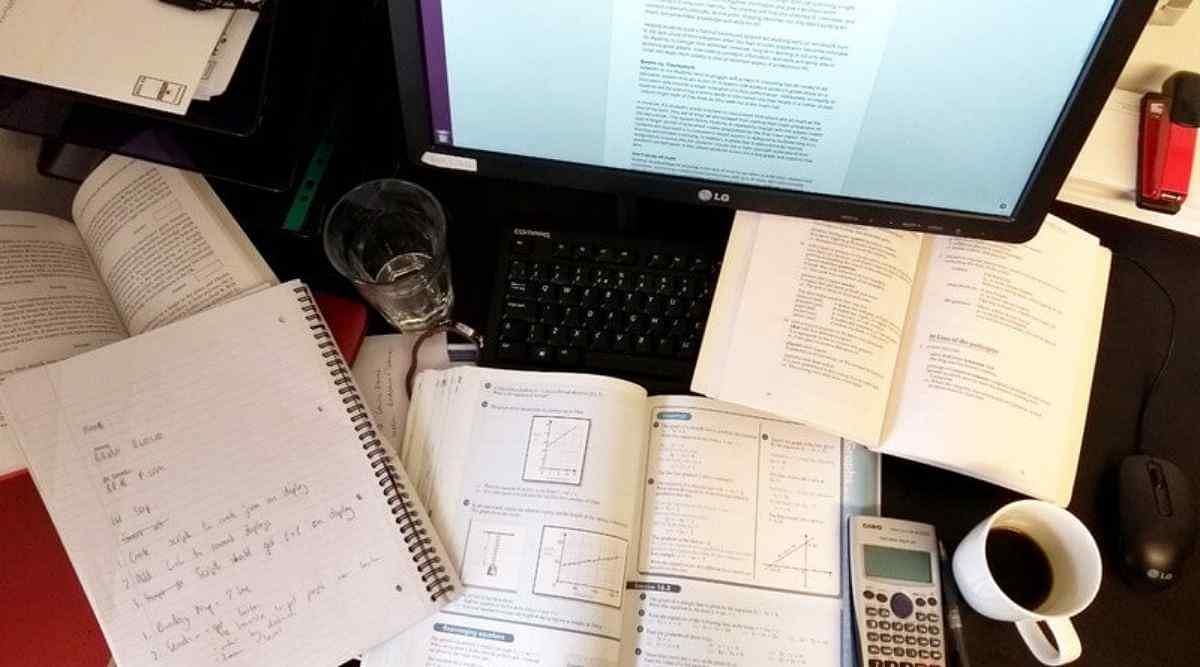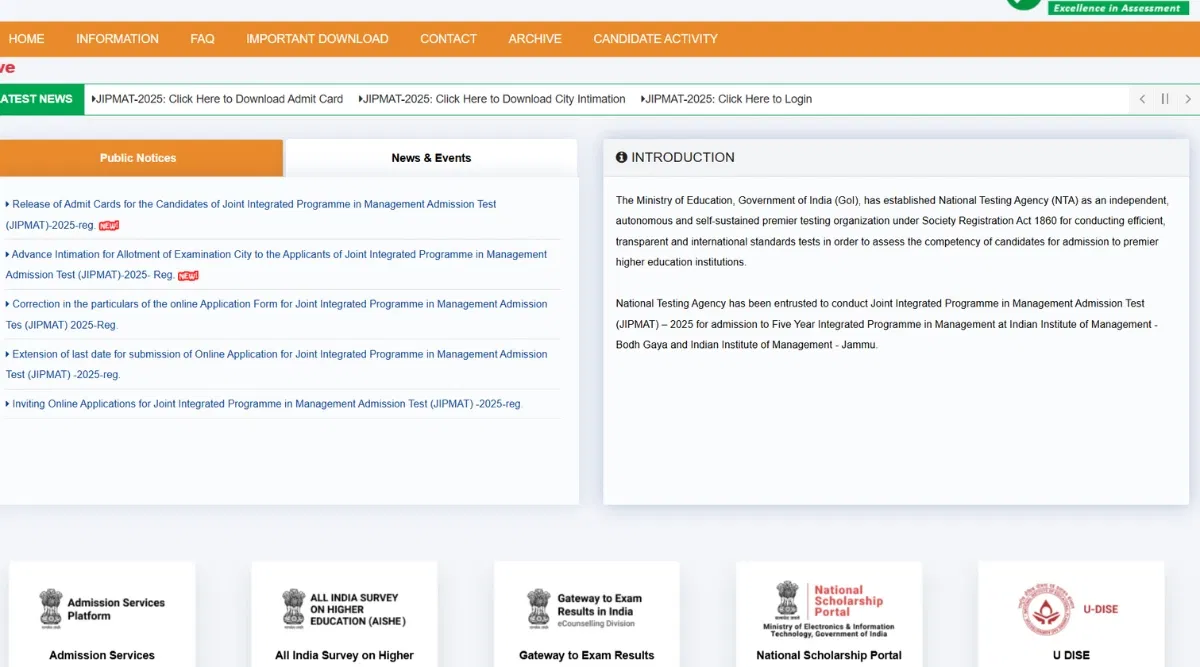The relation between Kp and Kc can be expressed as a simple mathematical equation. This article discusses the relationship between the Kp and Kc parameters. Kp is a measure of the partition coefficient, while Kc is a measure of the capacity coefficient.
Table of Contents
The relation between Kp and Kc is expressed by the equation Kp = Kc(RT)Δn, where Kp and Kc are the equilibrium constants for an ideal gaseous mixture. Kp is the equilibrium constant that is used when equilibrium concentrations are expressed in atmospheric pressure and Kc is the equilibrium constant that is used when equilibrium concentrations are expressed in molarity.
The main difference between Kp & Kc is that Kc is the equilibrium constant given by the terms of concentration and Kp is the equilibrium constant given by the terms of pressure. More details about the relation between Kp and Kc are covered in the article.
Relation Between Kp and Kc
The basic relation between Kp and Kc is that they are the equilibrium constants of an ideal gaseous mixture in a reversible reaction.
Kp = Kc(RT)Δn
or Kc= Kp(RT)-Δn
Kp is the equilibrium constant of pressure and Kc is the equilibrium constant of concentration. R is the universal gas constant (8.314 Jmol-1K-1), T is the temperature in degree Kelvin (°K) and Δn is the change in the number of moles of gas molecules i.e. the difference between the total moles of gas products and the total moles of gas reactants.
Derivation of Relation Between Kp and Kc
Consider a reversible reaction to derive the relation between Kp and Kc.
qQ(g) + rR(g) ⇌ sS(g) +tT(g)
Here, q moles of reactant Q reacts with r moles of reactant R to produce s moles of reactant S and t moles of reactant T.
To denote the relation between Kp and Kc for a general equilibrium reaction, we have the equation:
Kc= (S)s(T)t / (Q)q(R)r
The Kp formula in terms of partial pressure can be written as:
Kp= P(S)sP(T)t / P(Q)qP(R)r
For an ideal gas, PV = nRT
P = (n/V)RT = CRT
Here, C refers to the concentration
Therefore,
Pq = [Q]RT
Pr = [R]RT
Ps = [S]RT
Pt = [T]RT
Now, substituting the PQ, PR, Ps, and Pt we get:
Kp= P(S)sP(T)t / P(Q)qP(R)r
= [S]s(RT)s[T]t(RT)t / [Q]q(RT)q[R]r(RT)r
= [S]s[T]t(RT)t+s / [Q]q[R]r(RT)r+q
= [S]s[T]t / [Q]q[R]r * (RT)(t+s)-(r+q)
Kp= [S]s[T]t / [Q]q[R]r * (RT)Δng
We already know that Kc= [S]s[T]t / [Q]q[R]r
So the relation between Kp and Kc can be denoted as:
Kp= Kc (RT)Δn
Where Δn = no. of moles of gaseous products - no. of moles of gaseous reactants for balanced equations and R = 0.082062 L.atom.K-1 mol-1
When there is no change in the number of gas molecules i.e. n = 0;
Kp=Kc
Hence, the general relation between Kp and Kc can be represented as:
Kp = Kc(RT)Δn
or Kc= Kp(RT)-Δn
Quick Insights On Kp & Kc
Kp is the equilibrium constant expressed as a ratio between the pressure of products and reactants whereas Kc is the equilibrium constant expressed as a ratio between concentrations of products and reactants in a reaction mixture. More details about Kp and Kc are shown below:
What is Kp?
Kp is the equilibrium constant given as a ratio between the pressure of products and reactants in a reaction mixture. This equilibrium constant is only applicable to gaseous reaction mixtures. Kp depends on the partial pressure of gaseous components in the reaction mixture.
pP + qQ ↔ rR + sS
The equilibrium constant for the above reaction can be expressed as:
Kp= pRr.pSs/ pPp.pQq
Here, “p” indicates the partial pressure. pP, pQ, pR & pS are the partial pressures of the gas components P, Q, R and S. The exponents “p’, “q”, “r” & “s” are the stoichiometric coefficients of each product and reactant in the chemical equation.
What is Kc?
Kc is the equilibrium constant expressed as a ratio between concentrations of products and reactants in a reaction mixture. The molar concentrations of the components are utilized for the expression of Kc.
aA + bB ↔ cC + dD
The equilibrium constant for the aforementioned reaction can be written as:
Kc = [C]c[D]d / [A]a[B]b
Here, [A], [B], [C] and [D] are the concentrations of reactants A and B and products C and D. The exponents “a’, “b”, “c” & “d” are the stoichiometric coefficients of each product and reactant in the chemical equation. In the expression of Kc, the concentrations of the products and reactants are raised to the powers equal to their stoichiometric coefficients.
Example:
Q: Find the equilibrium constant between silver and copper ions.
Ans: Cu(s) + 2Ag+ ⇆ Cu2+(aq) + 2Ag(s)
This equation can be written as:
Kc = [Cu2+] / [Ag+]2
In this equation, the solid silver and copper are eliminated. Also, the coefficient for the copper ions is converted into an exponent after the equilibrium calculation is done.
Factors Affecting the Relation Between Kp and Kc
The relation between Kp and Kc changes on the basis of the value of the number of moles of the gas molecules that are involved in the reaction. The three possible scenarios that affect the relation between Kp and Kc are shown below:
Scenario 1
If the change in the number of gas molecules is 0, i. e. If Δn = 0, then the relation between Kp and Kc is Kp= Kc.
Scenario 2
If the change in the number of gas molecules is positive, i.e. if Δn > 0, then the relation between Kp and Kc is Kp > Kc.
Scenario 3
If the change in the number of moles of the gas molecules is negative, i.e. if Δn < 0, then the relation between Kp and Kc is Kp < Kc.
Difference Between Kp & Kc
The equilibrium constant of a reaction mixture demonstrates the ratio between products and reactants present in that reaction mixture in terms of either concentration (known as Kc) or partial pressure (known as Kp). After knowing the relation between Kp and Kc, find out the basic difference between Kp & Kc from the table below:
| Kp | Kc |
| Kp is the equilibrium constant defined as a ratio between the pressure of the products and reactants in a reaction mixture. | Kc is the equilibrium constant defined as a ratio between the concentrations of the products and reactants in a reaction mixture. |
| Kp can be used only for gaseous reaction mixtures. | Kc can be used for both gaseous or liquid reaction mixtures. |
| Kp is given by units of pressure. | Kc is given by units of concentration. |
FAQs
Q1: What is the relation between Kp and Kc?
Ans: Both Kp and Kc are the equilibrium constants of the ideal gaseous mixture in a reversible reaction. They are directly proportional to each other expressed by the equation Kp = Kc(RT)Δn.
Q2: What is the difference between Kp and Kc?
Ans: The key difference between Kp and Kc is that Kp is the equilibrium constant represented by the terms of pressure whereas Kc is the equilibrium constant represented by the terms of concentration.
Q3: What are the basic properties of gases?
Ans: Gases have three fundamental properties.
- Gases are very easy to compress.
- They occupy more space than solids/liquids.
- Gases typically expand to fill the spaces around them.
Q4: What is the ideal gas equation?
Ans: PV = nRT
Q5: What is pressure?
Ans: Pressure is defined as the force per unit area expressed as P= F/A
Q6: What is temperature?
Ans: Temperature is the measurement of heat.
Q7: What is an ideal gas?
Ans: An ideal gas is a hypothetical gas made up of a group of randomly-propagating point particles that intermix only through elastic collisions.


























POST YOUR COMMENT